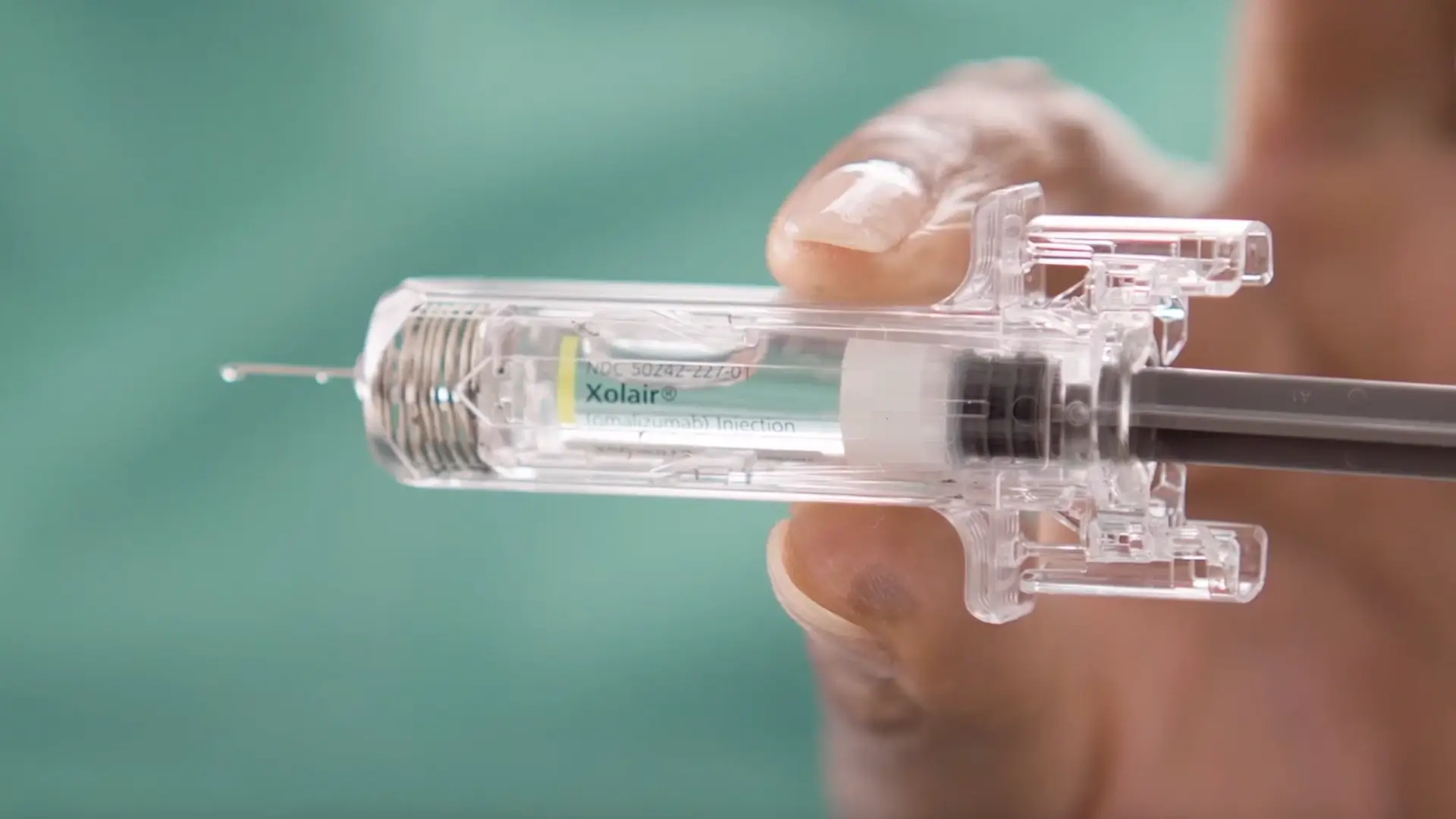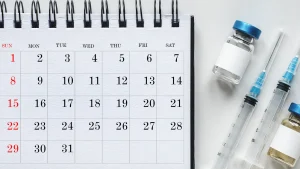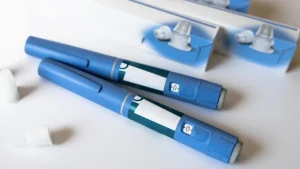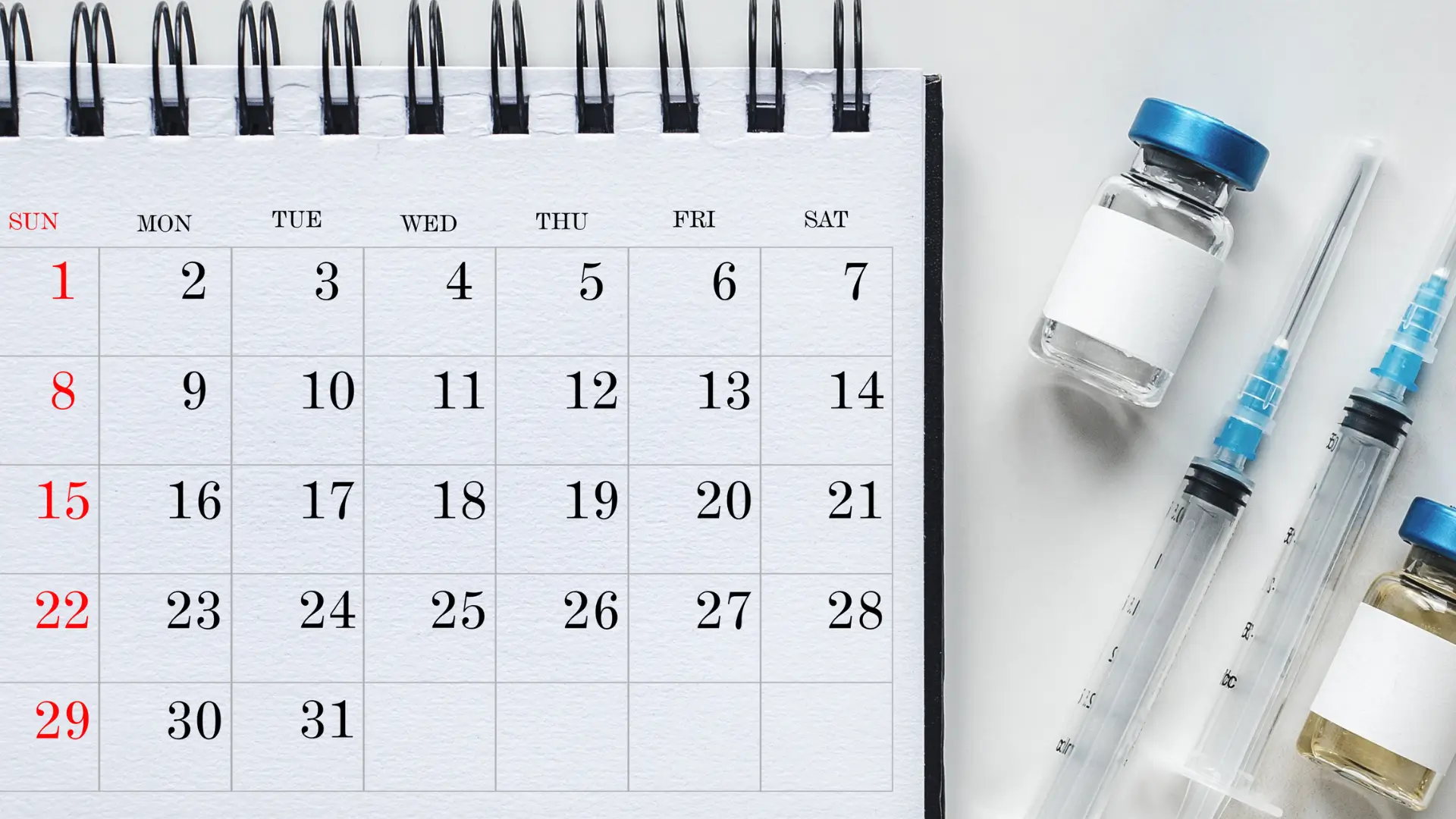Food allergies affect millions of people around the world, yet the treatments available, such as oral immunotherapy (OIT), come with their own set of challenges. Many patients face variable efficacy, frequent side effects, and high dropout rates when using OIT. Although recent guidelines and reviews confirm that OIT can help raise the threshold for allergic reactions, safety concerns remain a significant obstacle for many.
In this context, monoclonal antibody therapy with omalizumab (Xolair) has emerged as a promising alternative. New clinical trials show that Xolair not only helps improve tolerance to food allergens but may also reduce adverse reactions during desensitization. In fact, in some cases, Xolair may even outperform OIT, offering superior efficacy and safety.
In this article, we’ll explore the latest evidence supporting Xolair for food allergies, compare it to oral immunotherapy, discuss key safety considerations, and highlight the clinical implications for both healthcare professionals and patients.
Key Takeaways
- Xolair (omalizumab) is an effective treatment for food allergies, particularly for those who haven’t responded well to oral immunotherapy (OIT).
- By targeting free IgE, Xolair reduces allergic reactions and improves tolerance to food allergens, leading to enhanced patient safety and quality of life.
- Clinical studies have shown that Xolair outperforms oral immunotherapy in terms of sustained tolerance and fewer treatment-limiting reactions.
- Xolair is approved to reduce the risk of severe allergic reactions after accidental food exposure, but it does not eliminate the need for food avoidance and emergency action plans.
- While Xolair offers a promising alternative to OIT, it carries risks, including anaphylaxis and injection-site reactions, requiring informed consent and careful monitoring during treatment.
About: Medica Depot is your trusted all-in-one supplier, offering a range of high-quality medical injectables and supplies. If you’re looking to buy Xolair, contact Medica Depot’s sales representatives and they will guide you on how to do so. Whether for health professionals, plastic surgeons, dermatologists, licensed estheticians, or other specialists, we can offer genuine, brand-name products you may need. With Medica Depot, we prioritize serving you better to improve the patient’s quality of life.
Mechanism of Xolair in Reducing IgE-Mediated Food Allergy Response

Understanding how a medication works can build patient trust and set realistic expectations. Xolair (omalizumab) has received US FDA approval for the treatment of food allergies, among other conditions. Healthcare providers need to explain how Xolair works in food allergy treatment. This empowers patients with the knowledge they need to make informed decisions about their care.
Xolair targets free circulating IgE antibodies, preventing them from attaching to high-affinity FcεRI receptors on mast cells and basophils. This action reduces the likelihood of allergen-triggered degranulation and hypersensitivity responses. Over time, Xolair leads to a downregulation of these FcεRI effector cells, decreasing cellular sensitivity. This ultimately reduces the frequency and severity of IgE-mediated reactions following accidental food exposure. It also helps to enhance patient safety and improve quality of life between allergic reactions.
By reducing cell sensitization, Xolair significantly improves patients’ tolerance to allergens and reduces the risk of severe reactions, offering a vital tool for managing food allergies.
Comparison of Xolair versus Oral Immunotherapy (OIT) in Efficacy and Safety

While omalizumab can help reduce the risk of severe allergic reactions, it is important to note that it does not eliminate the possibility of Xolair side effects or reactions. Food avoidance and emergency action plans must still be part of the patient’s care plan. Patients should also engage in open discussions with their healthcare providers to compare Xolair and oral immunotherapy (OIT) to find the best treatment approach based on their individual needs and allergy profiles.
A clinical trial by the National Institutes of Health revealed that omalizumab was more effective than oral immunotherapy for treating multiple food allergies. These studies showed that omalizumab achieved higher rates of sustained tolerance in patients compared to OIT.
While both treatments can cause side effects, omalizumab was associated with fewer treatment-limiting reactions, especially among patients with multiple food allergies. However, Xolair’s prescribing information still highlights the risk of anaphylaxis, which requires in-clinic initiation and careful monitoring at the start of treatment. It’s important to note that, as of the latest 2024 FDA label update, continuous in-clinic monitoring is no longer a blanket requirement for non-asthma indications like food allergies, though patients should still be closely monitored after initiation.
Clinical Evidence: Desensitization Rates, Reaction Severity, and Treatment Tolerance
In pivotal trials, Xolair demonstrated impressive results in pediatric patients. In one study, 68% of children treated with omalizumab reached the prespecified tolerance endpoint, compared to only 5% in the placebo group. This shows that omalizumab is highly effective in improving tolerance for both single-food and multi-food challenges.
In another trial, Xolair increased the proportion of patients with multiple food allergies—such as peanut, milk, egg, and tree-nut proteins—who reached clinically meaningful endpoints after just 16 weeks of treatment. These results were significantly better than those of the placebo group.
Open-label extensions of these trials showed that tolerance thresholds to allergens were either maintained or increased in many participants after continued omalizumab treatment. These suggest sustained protection during therapy.
Though omalizumab enhances desensitization and treatment tolerance, patients must be aware of the potential injection-site reactions and rare serious events. Like any medication, Xolair requires informed consent, in-clinic initiation, and ongoing surveillance throughout treatment.
Practical Guidance for Clinicians Integrating Xolair into Food Allergy Management

When integrating Xolair into food allergy management, it’s crucial for healthcare providers to ensure the treatment is suitable for each patient. Patients should start treatment in a healthcare setting after a thorough screening. Providers can follow these clinical guidelines when prescribing omalizumab for food allergies:
- Verify IgE-mediated food allergy through patient history and objective testing.
- Use baseline total serum IgE and body weight to determine the appropriate omalizumab dosing for food-allergy indications.
- Consider Xolair alone or in combination with oral immunotherapy based on the patient’s allergy profile, number of allergens, prior reactions, and tolerance goals.
- Document discussions about expected benefits, limitations, and safety trade-offs when starting omalizumab for food allergy treatment.
- Monitor for injection-site reactions, worsening allergic symptoms, infections, and any other Xolair side effects during follow-up visits.
- Allow self-administration only after patients or caregivers demonstrate correct injection technique and recognize anaphylaxis signs.
Conclusion
Xolair (omalizumab) offers a valuable treatment option for those with food allergies, especially for individuals who haven’t responded well to oral immunotherapy. By targeting free IgE, Xolair reduces the severity of allergic reactions, enhances patient safety, and improves quality of life. Clinical studies have shown significant improvements in tolerance and reaction severity compared to placebo and oral immunotherapy.
However, like any treatment, Xolair comes with risks. Serious side effects, such as anaphylaxis, require close monitoring and informed decision-making. Ultimately, Xolair offers a promising alternative, but careful consideration and clinical oversight are essential for its successful implementation in the management of food allergy.
FAQs
1. What is Xolair, and how does it help with food allergies?
Xolair (omalizumab) is a monoclonal antibody that targets free IgE in the body. It reduces allergic reactions and helps lower the risk of severe symptoms during accidental exposure to allergens.
2. How does Xolair compare to oral immunotherapy for food allergies?
Clinical studies have shown that Xolair is more effective than oral immunotherapy for achieving higher rates of tolerance in patients with food allergies. It also showed fewer treatment-limiting reactions.
3. What are the risks associated with Xolair treatment?
While Xolair improves allergy tolerance, it also carries risks, including the potential for serious side effects such as anaphylaxis. Patients must be monitored closely during and after treatment initiation.
References
Muraro A, de Silva D, Halken S, et al. Managing food allergy: GA2LEN guideline 2022. World Allergy Organization Journal. 2022;15(9):100687. doi:https://doi.org/10.1016/j.waojou.2022.100687
National Institutes of Health. Omalizumab treats multi-food allergy better than oral immunotherapy. National Institutes of Health (NIH). Published March 3, 2025. Accessed October 27, 2025. https://www.nih.gov/news-events/news-releases/omalizumab-treats-multi-food-allergy-better-oral-immunotherapy








